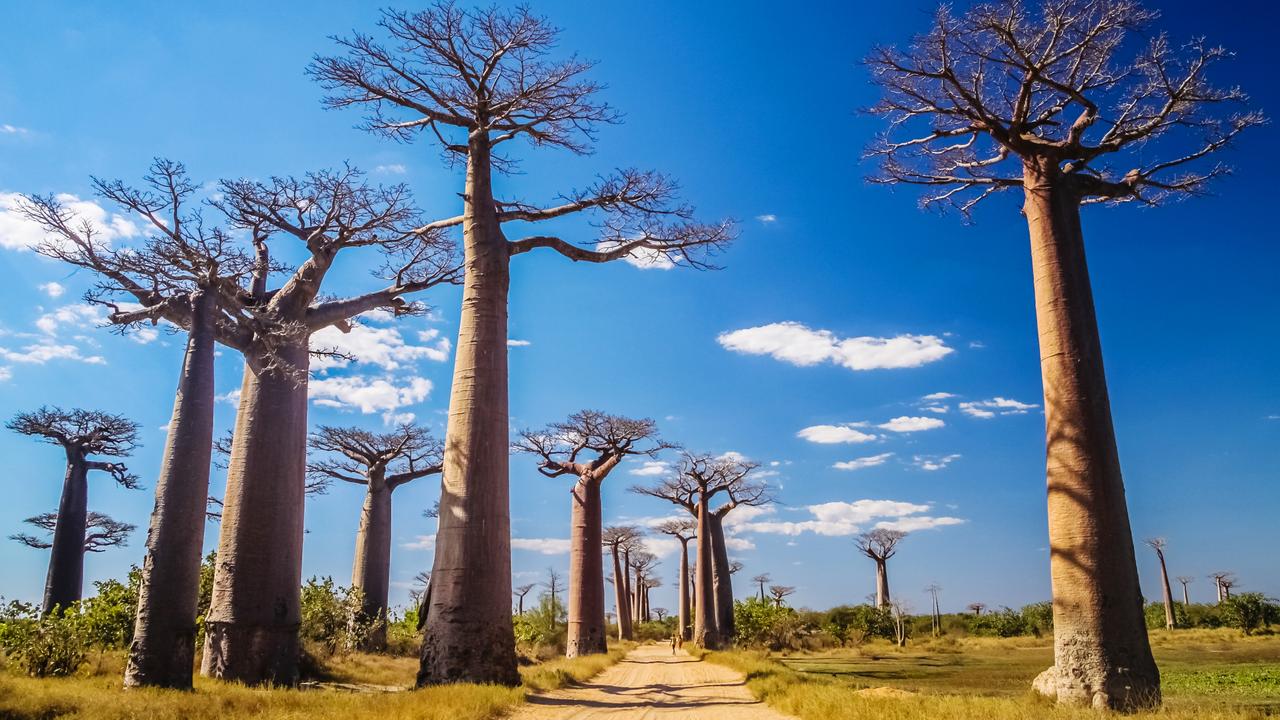Sequoia and Baobab trees are both massive giants in the plant world, known for their size, longevity, and unique characteristics. The Sequoia, native to the western United States, can reach heights of over 300 feet with a massive trunk up to 40 feet in diameter. On the other hand, the Baobab, native to Africa and Australia, can reach heights of up to 80 feet and has a trunk that can store water in arid environments. While both trees can live for thousands of years, they have distinct physical characteristics and native habitats that set them apart. Despite their differences, both trees showcase the beauty and diversity of nature.
Sequoia vs. Baobab: The Giants of the Plant World
Introduction
When it comes to massive trees that tower over the landscape, the Sequoia and the Baobab are two of the most impressive species in the plant kingdom. These giants of the plant world are known for their size, longevity, and unique characteristics. In this article, we will compare and contrast the Sequoia and the Baobab to highlight their differences and similarities.
Sequoia
Characteristics
The Sequoia, also known as Sequoiadendron giganteum, is a species of tree native to the western United States. It is known for its immense size and height, with some specimens reaching heights of over 300 feet. The Sequoia has a massive trunk that can reach diameters of up to 40 feet, making it one of the largest trees in the world.
Appearance
The Sequoia has a distinctive reddish-brown bark that can grow up to 2 feet thick. Its leaves are needle-like and arranged in spirals on the branches. The cones of the Sequoia are small and round, with scales that open to release the seeds.
Baobab
Characteristics
The Baobab tree, also known as Adansonia, is native to Africa and Australia. It is known for its thick trunk, which can store water to survive in arid environments. The Baobab tree can live for thousands of years and reach heights of up to 80 feet. The trunk of the Baobab is often hollow, with a spongy, fibrous wood that can store water during times of drought.
Appearance
The Baobab tree has a distinctive silhouette, with a thick trunk that tapers towards the top, where it branches out into multiple limbs. The leaves of the Baobab are large and compound, with five to nine leaflets on each stem. The flowers of the Baobab are white and star-shaped, turning into large, oblong fruits that are filled with a powdery pulp.
Comparison
Size
Both the Sequoia and the Baobab are massive trees that can tower over their surroundings. The Sequoia is known for its height and girth, while the Baobab is known for its thick trunk and distinctive shape. While the Sequoia can reach heights of over 300 feet, the Baobab can reach heights of up to 80 feet.
Longevity
Both the Sequoia and the Baobab are long-lived trees that can survive for thousands of years. The Sequoia is known for its longevity, with some specimens dating back over 3,000 years. The Baobab is also a long-lived tree, with some specimens estimated to be over 6,000 years old.
Contrast
Native Habitat
While the Sequoia is native to the western United States, the Baobab is native to Africa and Australia. The Sequoia thrives in temperate climates with moist soil, while the Baobab is adapted to arid environments with little rainfall.
Physical Characteristics
The Sequoia has a straight trunk with branches that grow in a conical shape, while the Baobab has a thick, tapering trunk with multiple limbs that spread outwards. The leaves and fruits of the two trees also differ in appearance, with the Sequoia having needle-like leaves and small cones, while the Baobab has compound leaves and large, oblong fruits.
Conclusion
While the Sequoia and the Baobab are both giants of the plant world, they are distinct species with unique characteristics. The Sequoia is known for its immense size and height, while the Baobab is known for its thick trunk and ability to store water. Both trees are impressive examples of the beauty and diversity of the natural world.
